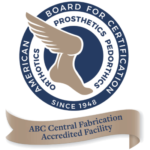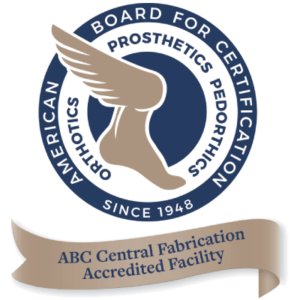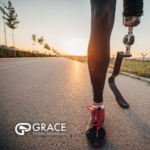How are prosthetics manufactured?
Have you ever wondered how prosthetics are made to help restore a person’s limb function? Prosthetic manufacturing is highly technical and complex. There are several steps in the process. It becomes trickier if your patients need a custom-made prosthetic to fit measurements and requirements or to express their creativity.
To better understand the process of prosthetic manufacturing, check out the information below. While the specific details may vary based on the patient’s case. You can still familiarize yourself with the general process. As a result, it will be easier to find the most suitable prosthetist to work with for all your central fabrication needs.
Measuring the Residual Limb
The first step is measuring your patient’s residual limb to create a mold for their prosthetic design. You can do this manually, make a plastic or fiberglass’s cast, or use a 3D scanner. The latter is one of the more advanced devices used in the industry. After scanning the patient’s limb, you can immediately get their precise measurements and a 3D surface.
During this stage, prosthetists will usually also work with physicians. They’ll need to learn more about the location of their patients’ muscles, tendons, and bones to ensure they create a functional prosthesis.
Casting and Creating the Socket
The following steps may vary from one manufacturer to another. Traditionally, prosthetists will cast the residual limb to create a positive model. They then modify this model with surform rasps and other techniques to achieve the desired shape and size. Then they heat and vacuum-form a transparent plastic sheet over the model then cut it off to form the test socket.
Many companies use computer-aided design and manufacturing (CAD-CAM) software to fabricate and fit prosthetics. The software allows them to digitally view and modify the prosthetic design and view it under different conditions. Once the electronic file is ready, they can create a test socket.
Checking the Prosthetic’s Fit
As you might have noticed, the initial socket created is sometimes just a test socket used to gauge the fit. It usually takes some back and forth to achieve the optimal fit for your patient’s prosthetic. So, some physicians start with a temporary device. Of course, the goal is to make the device as comfortable as possible, so this step will help you make the necessary adjustments.
Manufacturing and Assembling the Prosthetics
Once the socket fits, a permanent version will be made and vacuum-formed over the prosthetic mold. Next, the prosthetic device is assembled. At this point, some manufacturers may apply a foam cover to the device to make it look more life-like. Others also offer spray skins to help patients find an accurate match for their skin tone.
You now have more options in tailoring your patient’s artificial limbs to best match their lifestyle and habits. Whether you need an upper extremity, lower extremity, or athletic prosthesis, it is now much easier to make custom-built prostheses.
Fitting the Prosthetic
Generally, the prosthetic manufacturing process ends at assembly. However, once you receive it and let your patients try on the device, you might ask for some final adjustments depending on how it fits. Likewise, patients will have follow-up appointments with their doctor as they adjust and undergo physical therapy. So, manufacturers often work closely with physicians for any necessary adjustments.
Trust in Accredited Professionals for High-Quality Prosthetics
Overall, prosthetic manufacturing is a meticulous process that requires technical knowledge, advanced equipment, and good attention to detail. It also entails collaboration, making it essential to partner with the right prosthetist for a smooth process.
Here at Grace Prosthetic Fabrication, we can guarantee all these factors. As an ABC-accredited facility, we uphold the highest standards in central fabrication to ensure we deliver high-quality orthotics and prosthetics. We also work closely with all clients to achieve the best fit and comfort for their patients’ prosthetics. For more information, call us today at 1-800-940-5347 to learn more.






